Description
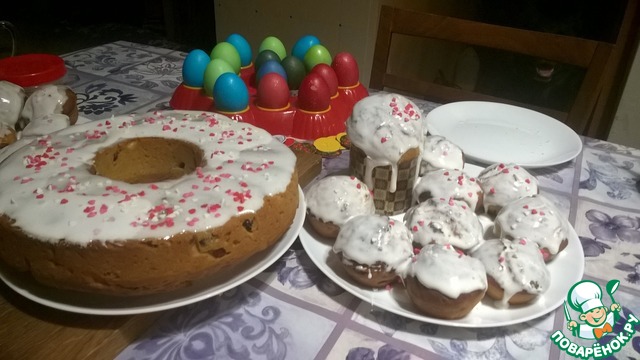
Bake according to this recipe 10 years. It turns out always. Does not require supernatural cooking or baking skills - even getting your hands dirty is not necessary. A special piquancy to cakes add nuts and spices. Eaten fast, so usually make the dough into 4 kg of flour. The dry yeast. The glaze is not flaking and does not crumble.
Ingredients
-
Flour
1 kg
-
Milk
200 ml
-
Chicken egg
4 piece
-
Yeast
4 tsp
-
Butter
300 g
-
Sugar
300 g
-
Salt
2 tsp
-
Cinnamon
2 tsp
-
Cardamom
1 tsp
-
Vanilla
1 pack
-
Walnuts
100 g
-
Hazelnuts
100 g
-
Raisins
100 g
-
Carnation
0.5 tsp
-
Star anise
0.5 tsp
-
Lemon
1 piece
-
Coconut
1 piece
-
Water
6 Tbsp
-
Gelatin
1 tsp
Cooking
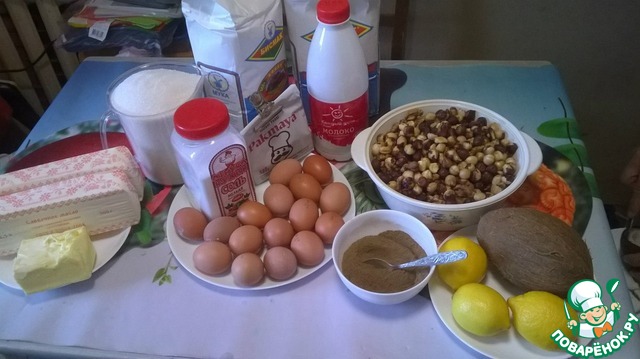
Collect all the ingredients that were on hand.
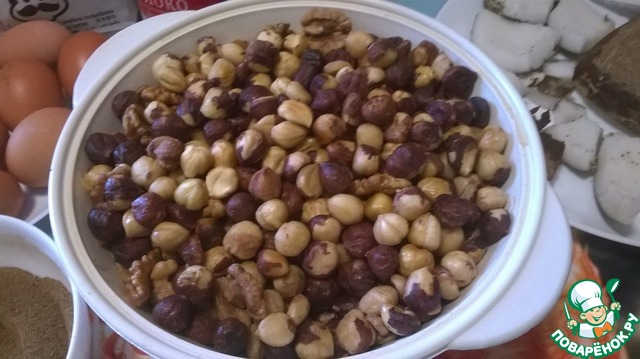
Pour the nuts and raisins with boiling water in two different containers. In the photo - just nuts, because the cakes I made without raisins.
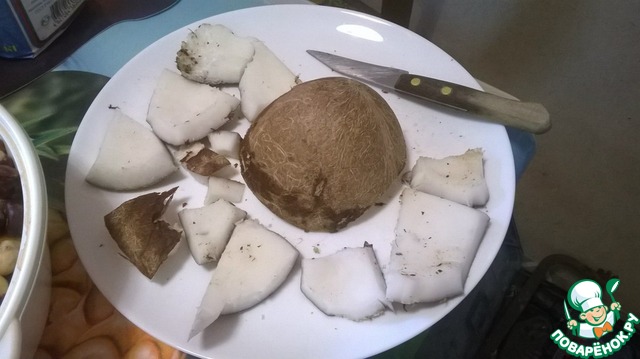
Clean and cut the coconut. If coconut milk is sweet - they can partially replace conventional.
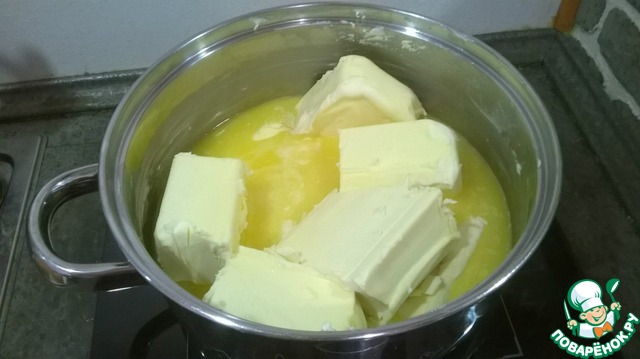
Melt the butter on low heat.
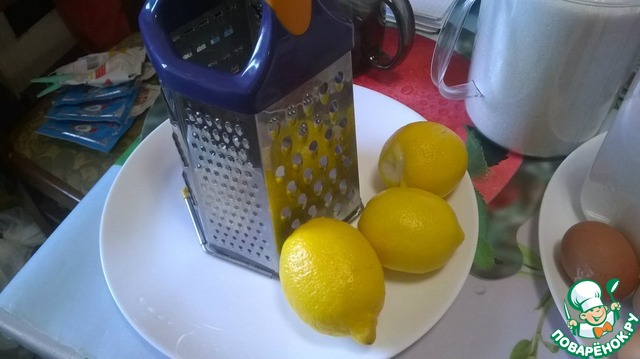
Thoroughly wash the lemon (in my case, the photos - lemons, because the test in 4 times more - 4 kg of flour). Three on a grater. Bone throws.
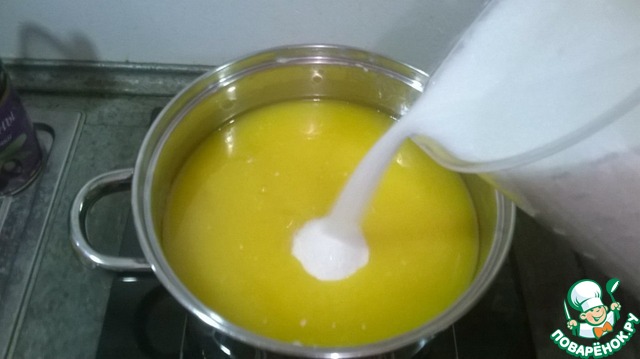
Sugar add in butter and stir until dissolved.
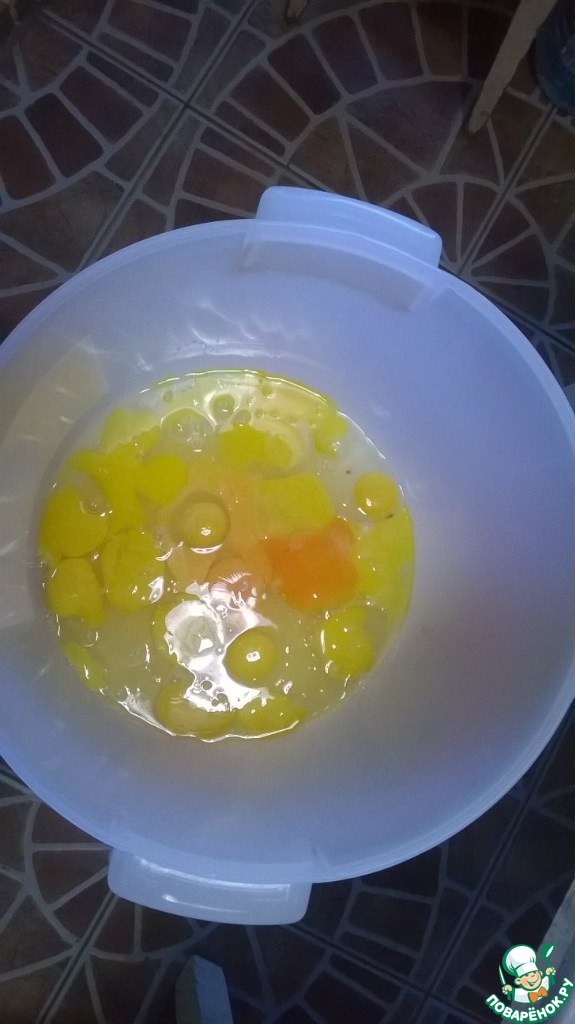
Break the eggs into a bowl, where we are going to knead the dough (photo - 16 eggs, but if you put the dough 1 kg of flour, eggs only 4).
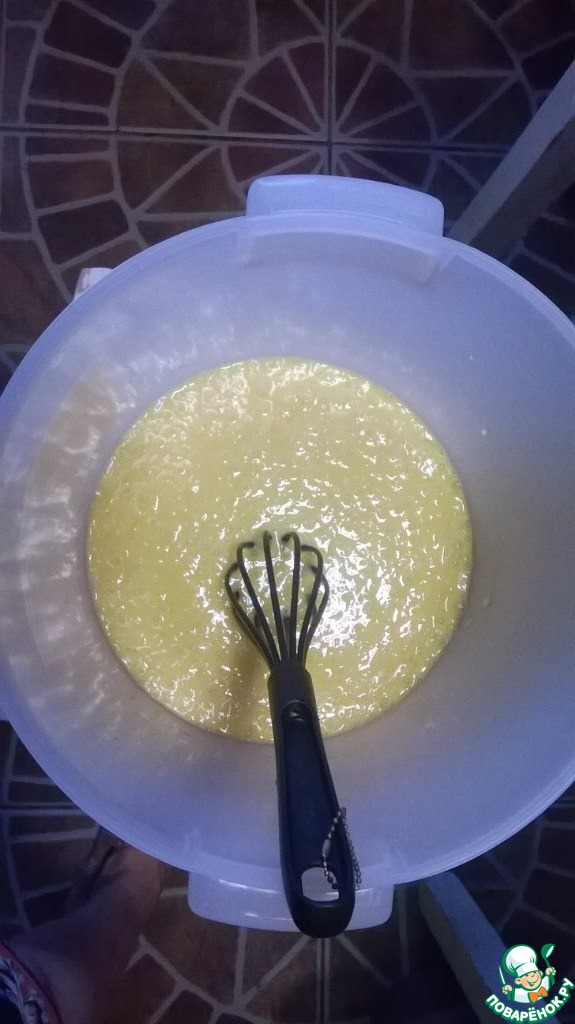
Add to eggs and lemon and whisk (or mixer).
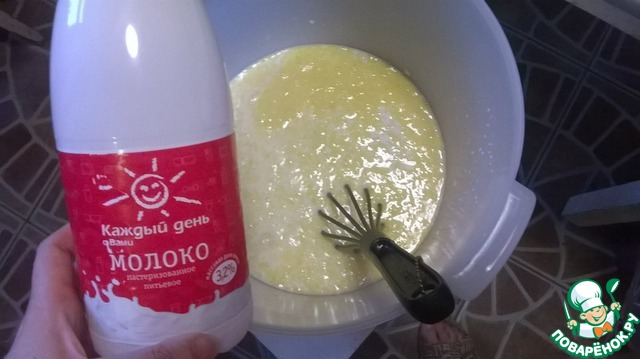
Add to egg-lemon mixture with the milk.
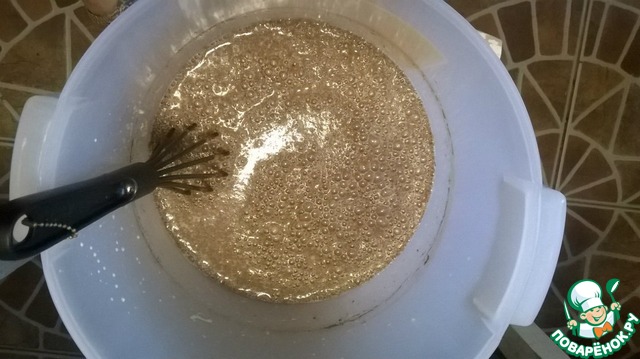
Add the spices, whisk/stir.
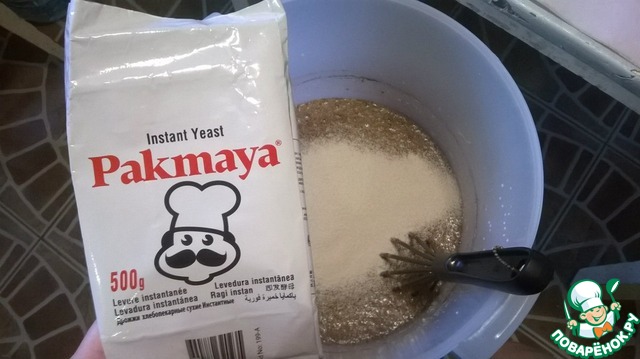
Add the yeast and stir thoroughly to avoid lumps.
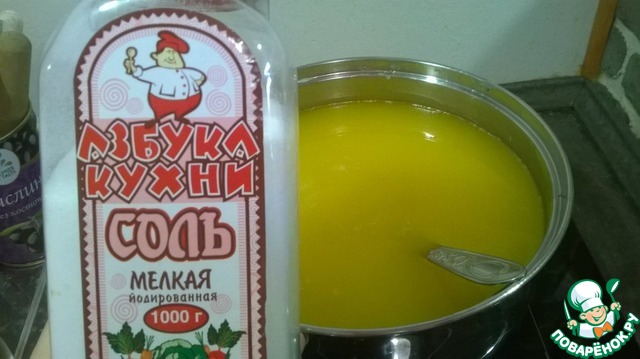
To the butter, sugar, add salt.

Grind the nuts (with a knife or a wooden pestle - optional). I chopped hazelnut halves, and the halves of a walnut - 6-8 parts.
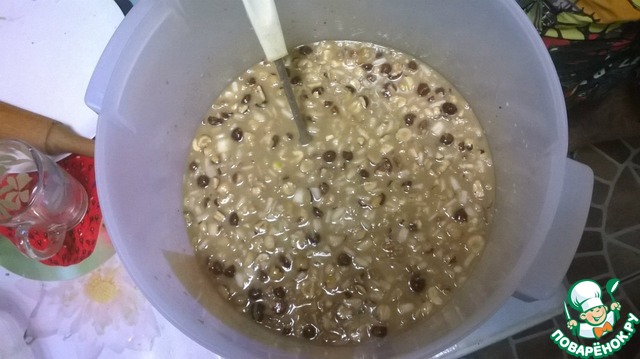
Coming up in the yeast add the nuts and raisins, which has already poured cold water. That yeast went (while we cut and prepared nuts, raisins) you will see a foam cap on a milk-egg-yeast mixture. All carefully stir with a large spoon to distribute the solid ingredients evenly.
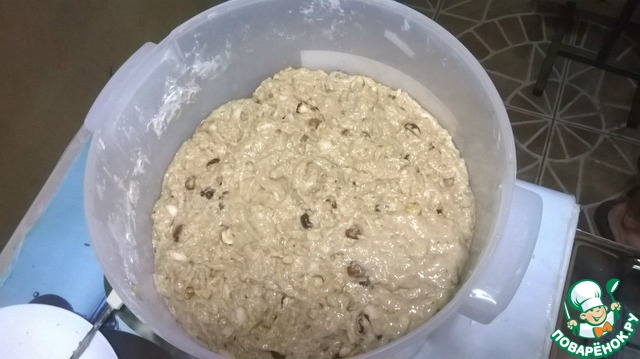
The butter, sugar and salt added to the batter, there gradually add flour. Stir with a spoon. Hands dirty is not required. The resulting viscous batter will resemble a very thick cream, almost behind the spoon.
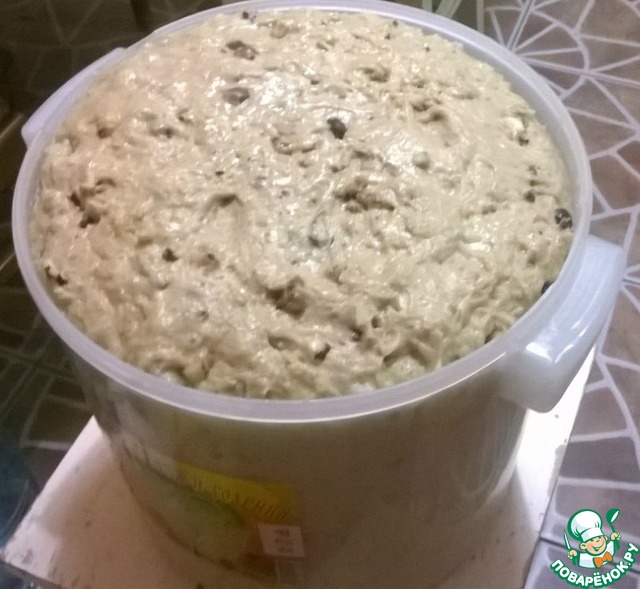
Leave the dough in a warm place for 1-1,5 hours (if the volume is large, like mine, then you can put the pan with the dough in a bath of hot water). The dough will increase in 1,5-2 times.
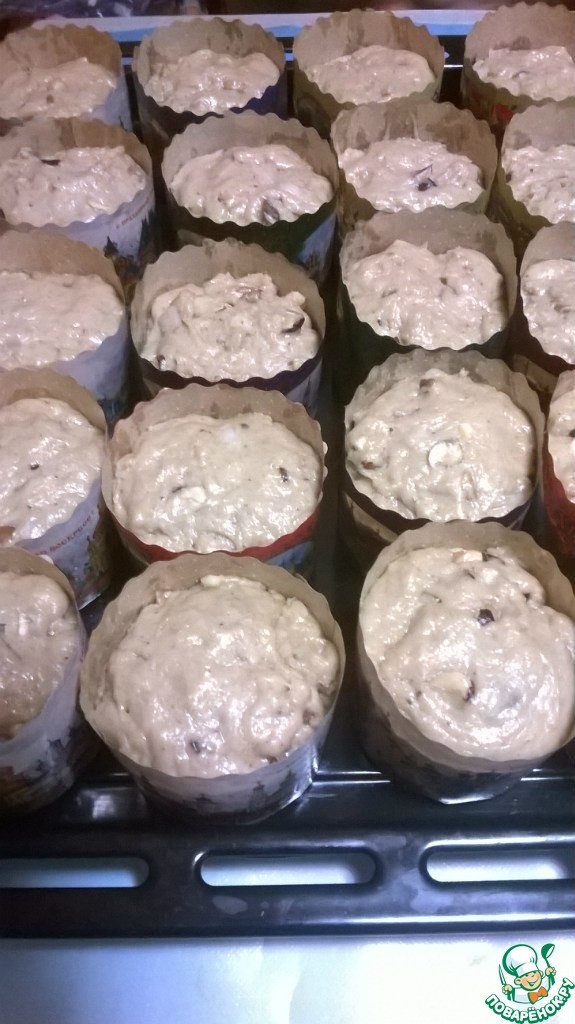
In paper, silicone or metal molds spread the batter with a spoon, filling to half - 2/3. In my case, the photo was 2/3 of the dough when baking rose well above the rim.

Bake at 180 degrees for half an hour. If the forms are large - from 40 minutes.
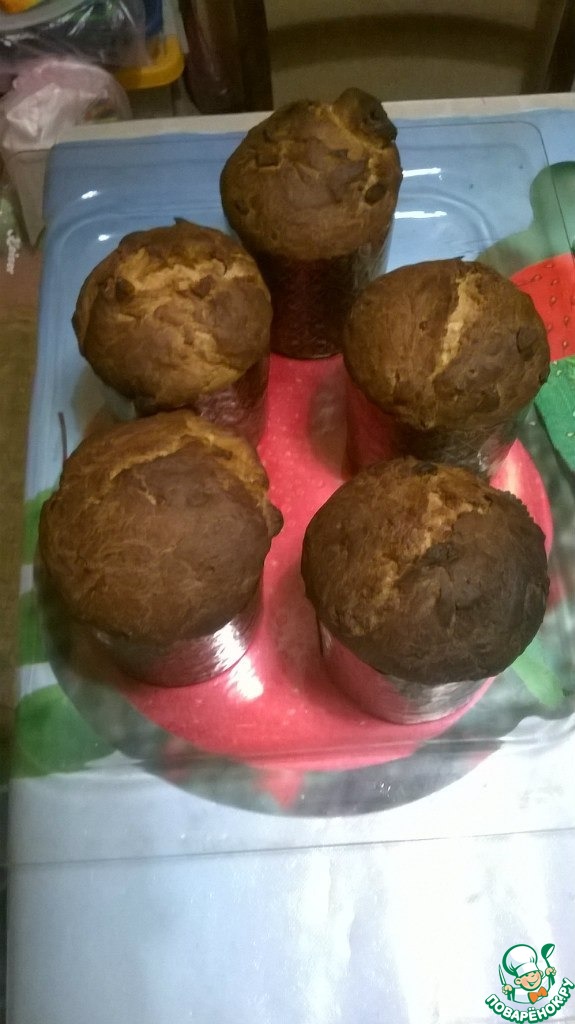
For those who like a more browned and dry and cake - stands to hold the cakes in the oven for longer. To check the readiness with a wooden toothpick or thin wooden sticks for kebabs.
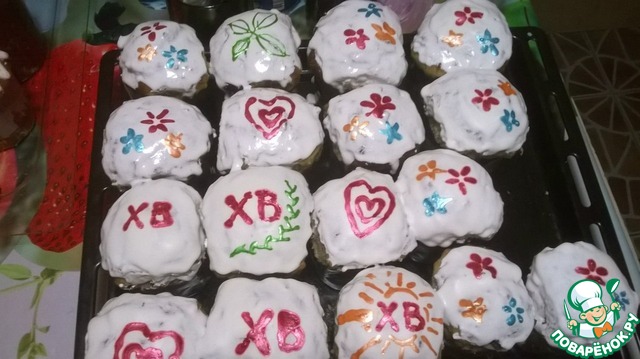
Now prepare the glaze. A teaspoon of gelatin pour 2 tablespoons water, allow to swell. A Cup of sugar with vanilla put in a pan, add 4 tablespoons of water, put on low heat until the sugar dissolves (do not boil). Add gelatin, stir and whisk to white (easier with a mixer). The resulting glaze covered the cooled (or still warm) cakes. Decorate with toppings or colored dyes. Bon appetit and a happy Easter! PS To cakes were even healthier and tastier - leave it on the table on the night of a televised Easter service.
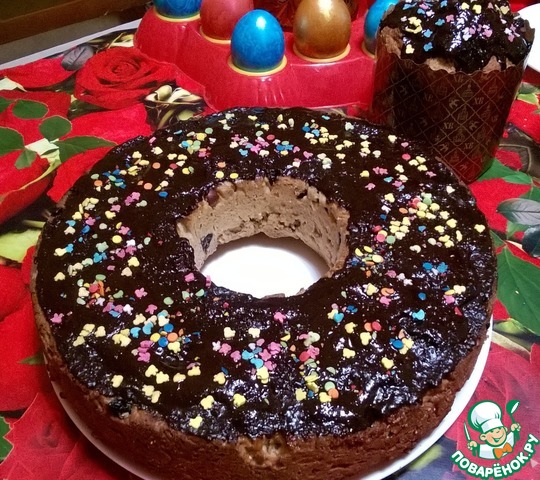
Photos from two years ago. Last year the icing was chocolate. This option is good as a cupcake for the new year or birthday.

But these cakes came out today. Christ is risen!
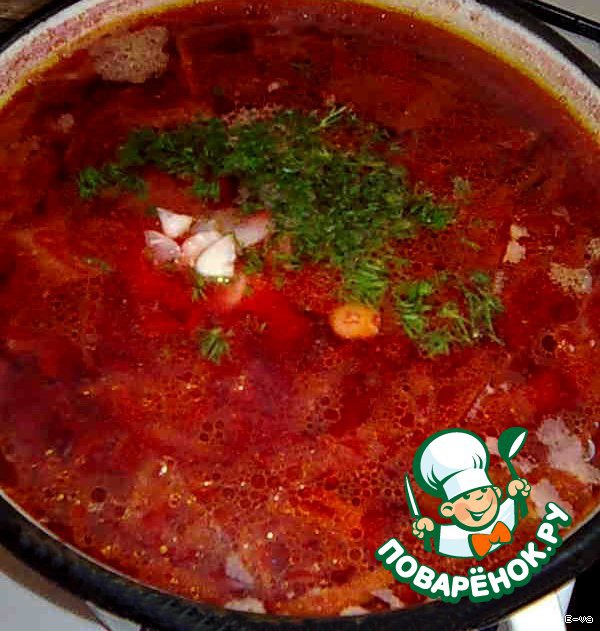
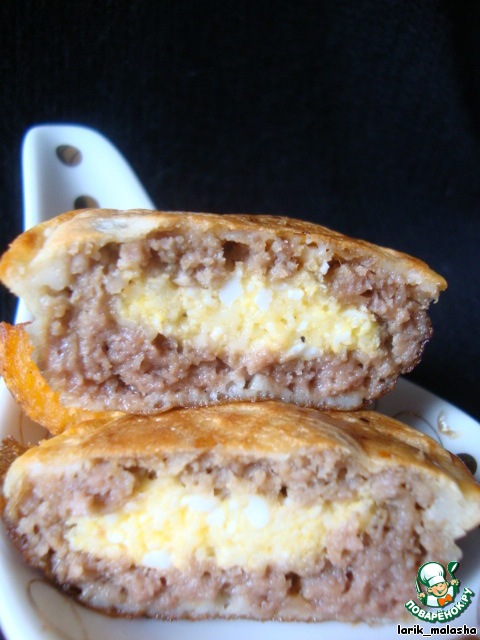
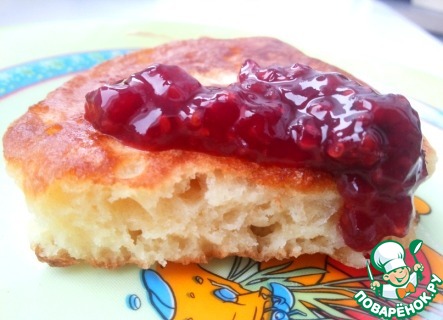
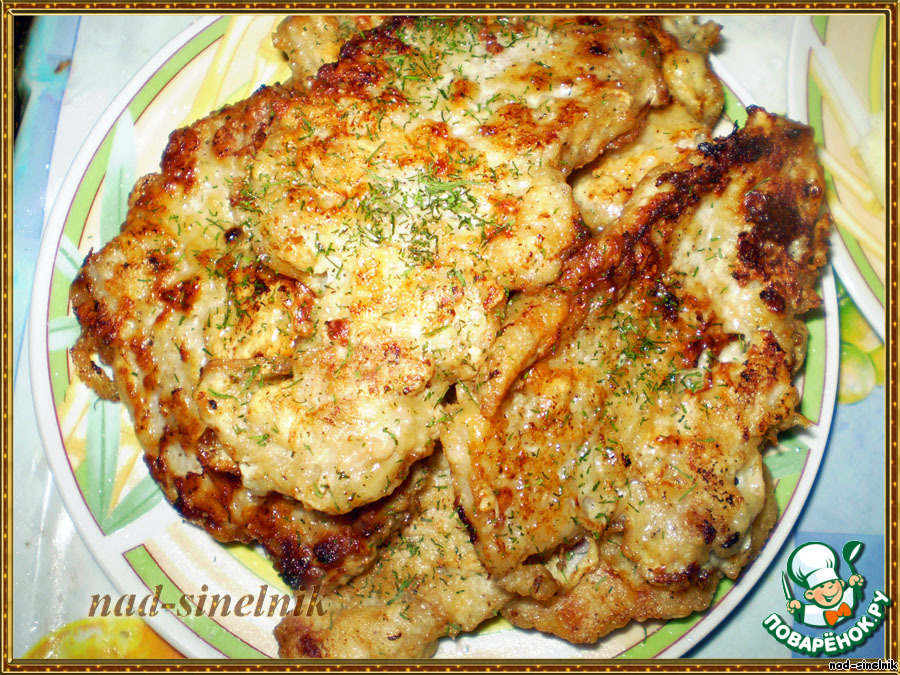
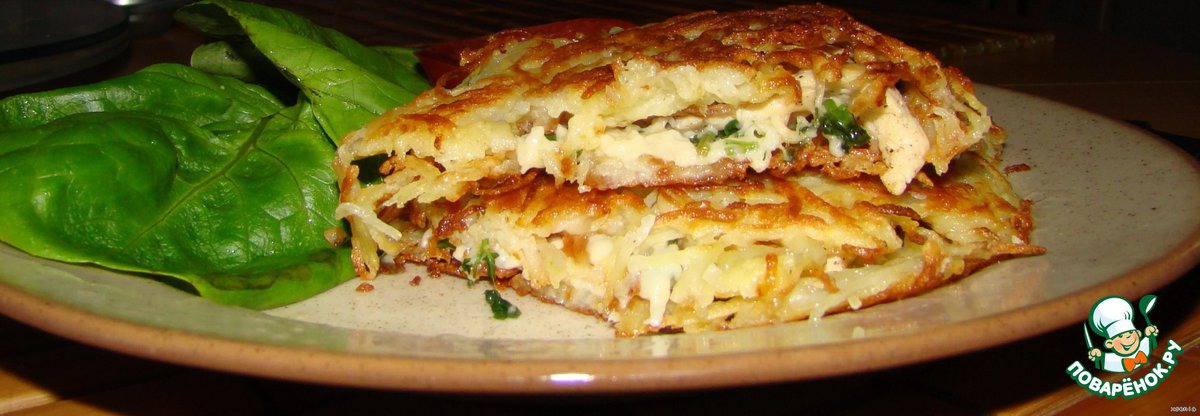
Leave a comment or a recipe review
Leave comments can only registered users.
Register, or Login if you are already registered.